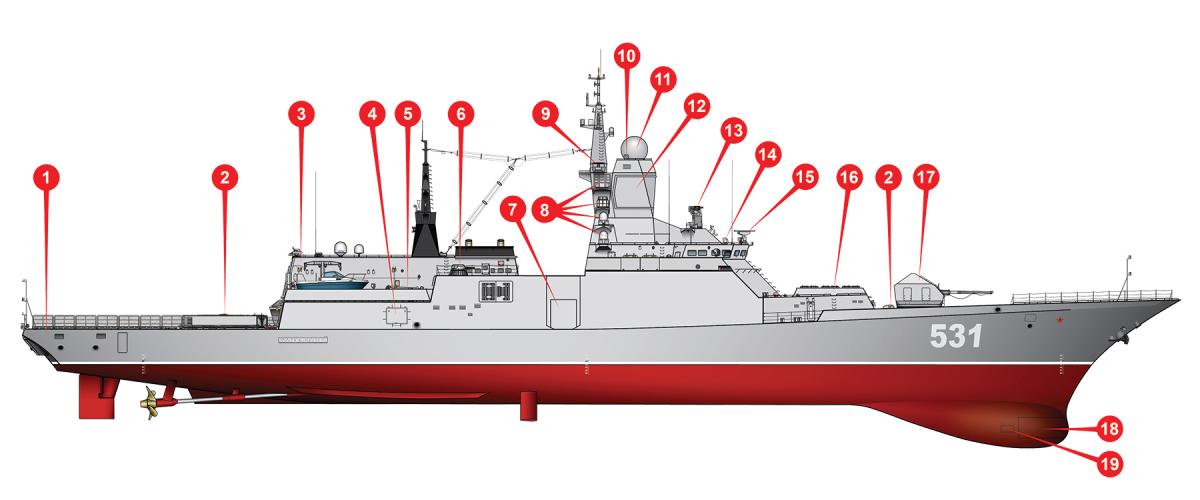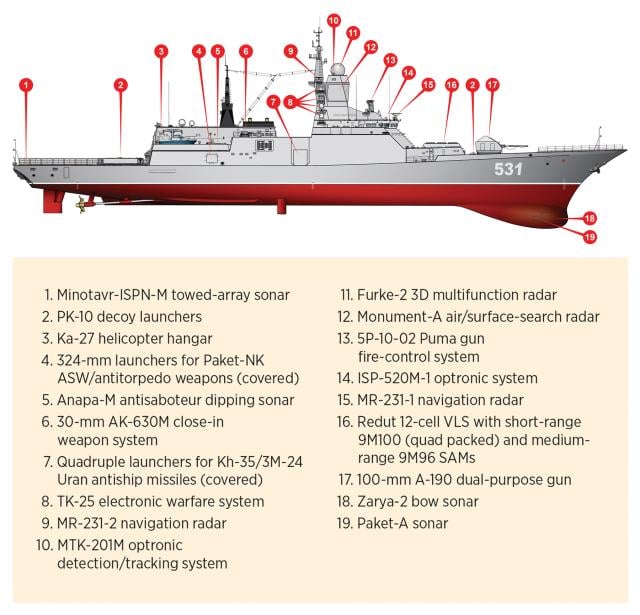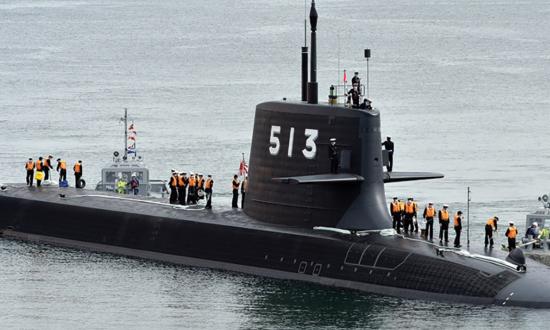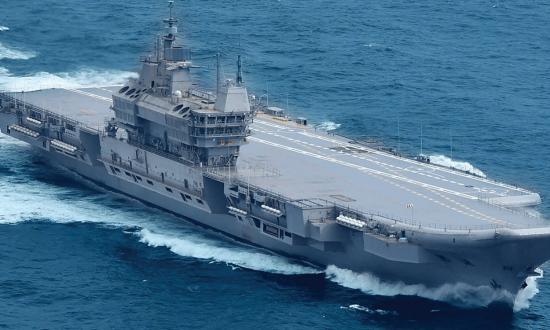The Steregushchiy-class (Project 20380) family of frigates has served with Russia’s Baltic Sea and Pacific fleets for more than a decade, but new variants are coming online as the class is adapted for the future. The Almaz Central Naval Design Bureau in St. Petersburg designed these frigates to replace aging Grisha-class corvettes on coastal and offshore operations.
The initial prototype, the Steregushchiy, was laid down in December 2001 at Severnaya Verf in St. Petersburg and commissioned 27 February 2008. She operates with a crew of around 100, displaces 2,220 tons fully loaded, and measures 343 feet long with a 43-foot beam and 12-foot draft. The design incorporates stealthy characteristics, and includes a steel hull, a hangar and landing deck for one Ka-27 antisubmarine warfare helicopter, and a composite superstructure.
Project 20380 frigates are powered by CODAD (combined diesel and diesel) propulsion with four diesel engines and two propellers, providing a top speed of 27 knots and range of around 4,000 nautical miles (nm) at 14 knots. The warships are fitted with a 100-mm gun forward and two quadruple launchers amidships for Kh-35/3M-24 Uran (Switchblade) antiship missiles, which have a range of 70 to 140 nautical miles, depending on the variant.
Namesake Steregushchiy carries a Kortik/Kashtan (CADS-N-1) point-defense system combining short-range SA-N-11 surface-to-air missiles (SAMs) and 30-mm guns for self-defense. The second frigate Soobrazitelnyy (pictured) commissioned in 2011. The Soobrazitelnyy and subsequent sisters carry a 12-cell Redut air-defense vertical launch system (VLS) instead of the CADS-N-1 for point defense and are sometimes dubbed the Steregushchiy II class, or Project 20381.
Production of this second batch of frigates has taken place at the original shipyard as well as at Amur Shipyard in Komsomolsk in eastern Russia. By late 2022 a total of at least seven Steregushchiy I- and II-class frigates were in service with the Pacific and Baltic fleets. More than a dozen are planned. An export variant, the Project 20382 Tigr frigate, has been offered to several foreign navies.
A further advancement of the design, the Gremyashchiy class (Project 20385), was introduced in 2019 and is sometimes called the Steregushchiy III class. At 348 feet, this class is slightly longer, with an integrated mast and other stealthy enhancements. Previous missile systems have been replaced with an expanded 16-cell Redut SAM system and an 8-cell VLS capable of firing long-range Kalibr 3M-14 land-attack missiles and 3M-55 Oniks antiship missiles. In the future, the hypersonic Tsirkon missile is expected to be carried as well.
At least three additional Gremyashchiy-class frigates are being built. A heavily modified and even larger gas turbine variant of the class, Project 20386, has been under construction since 2016 and is expected to enter service as early as 2023. Additional units and design variants of the Steregushchiy will likely follow.







